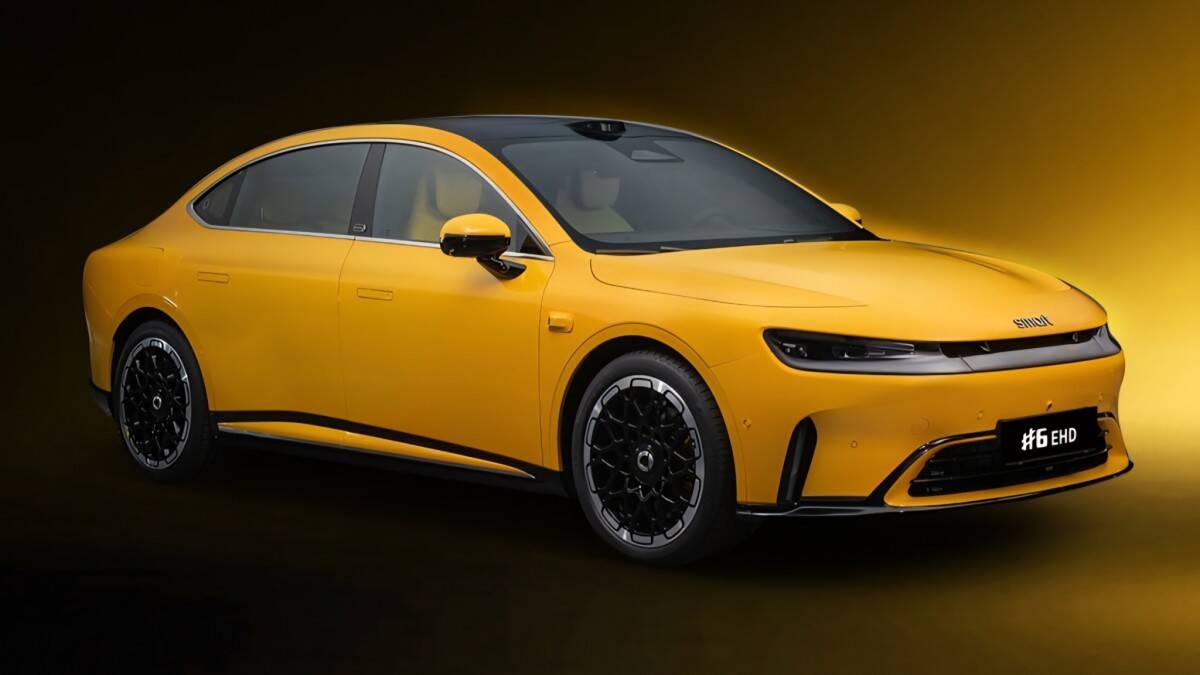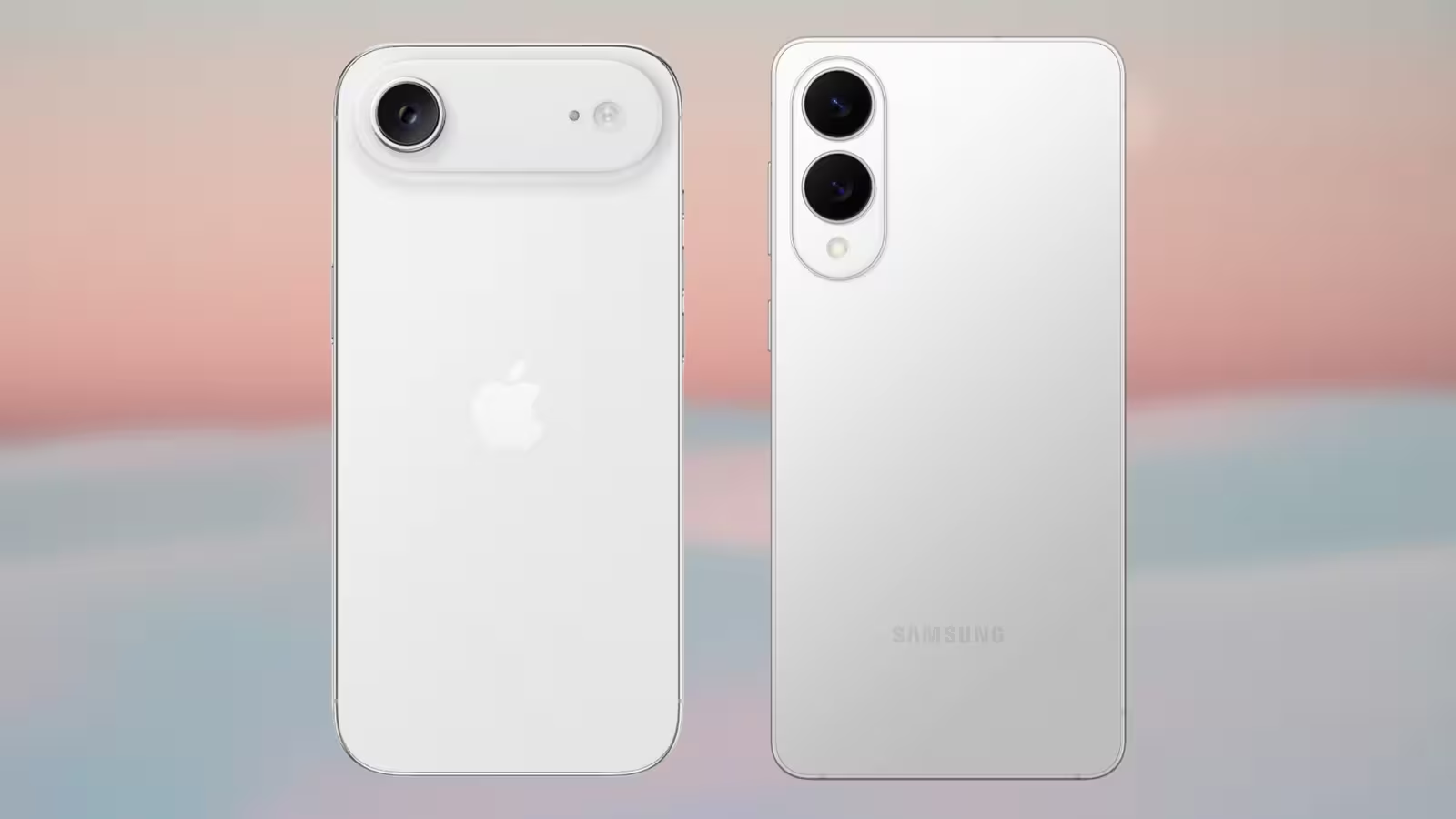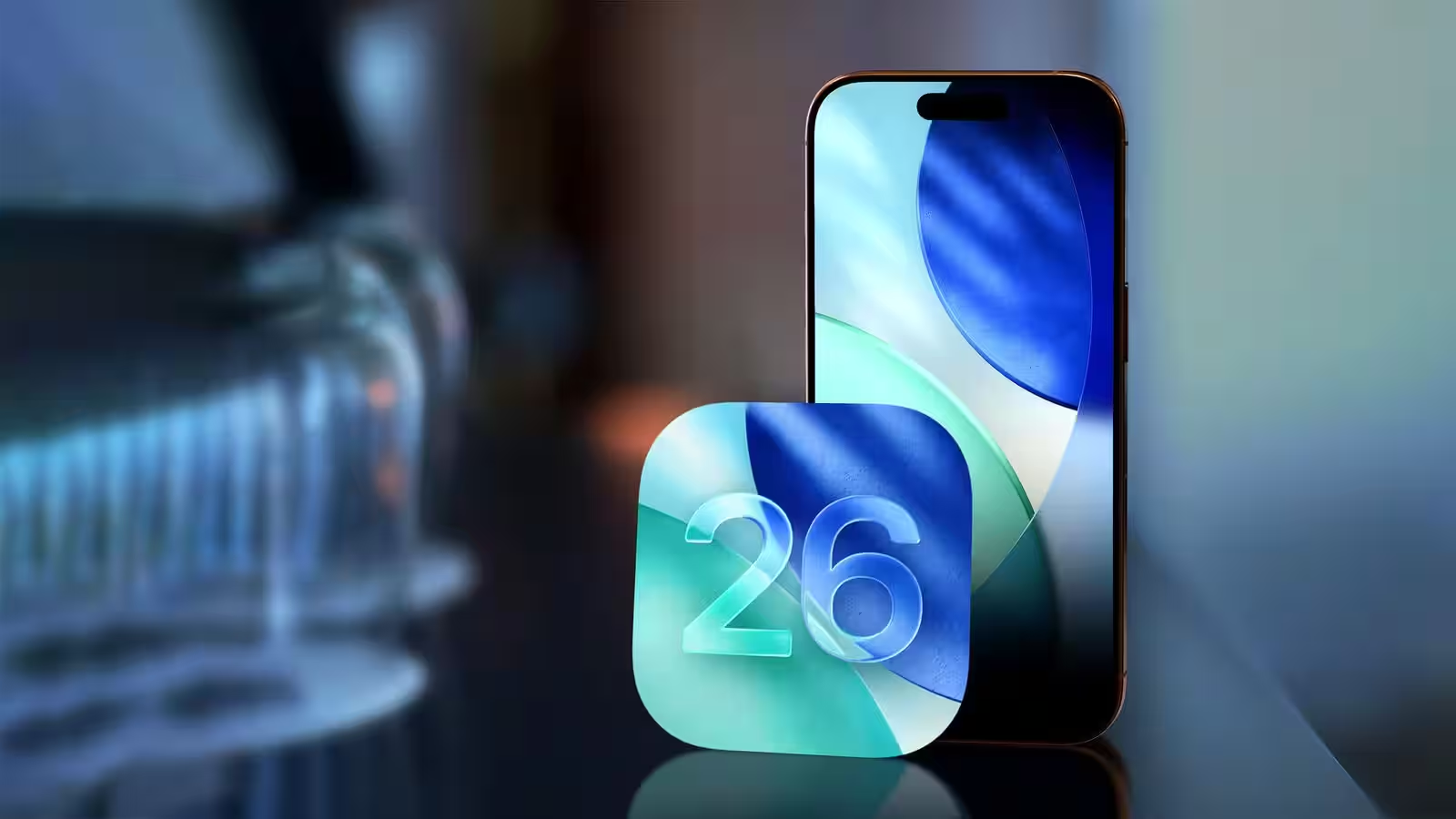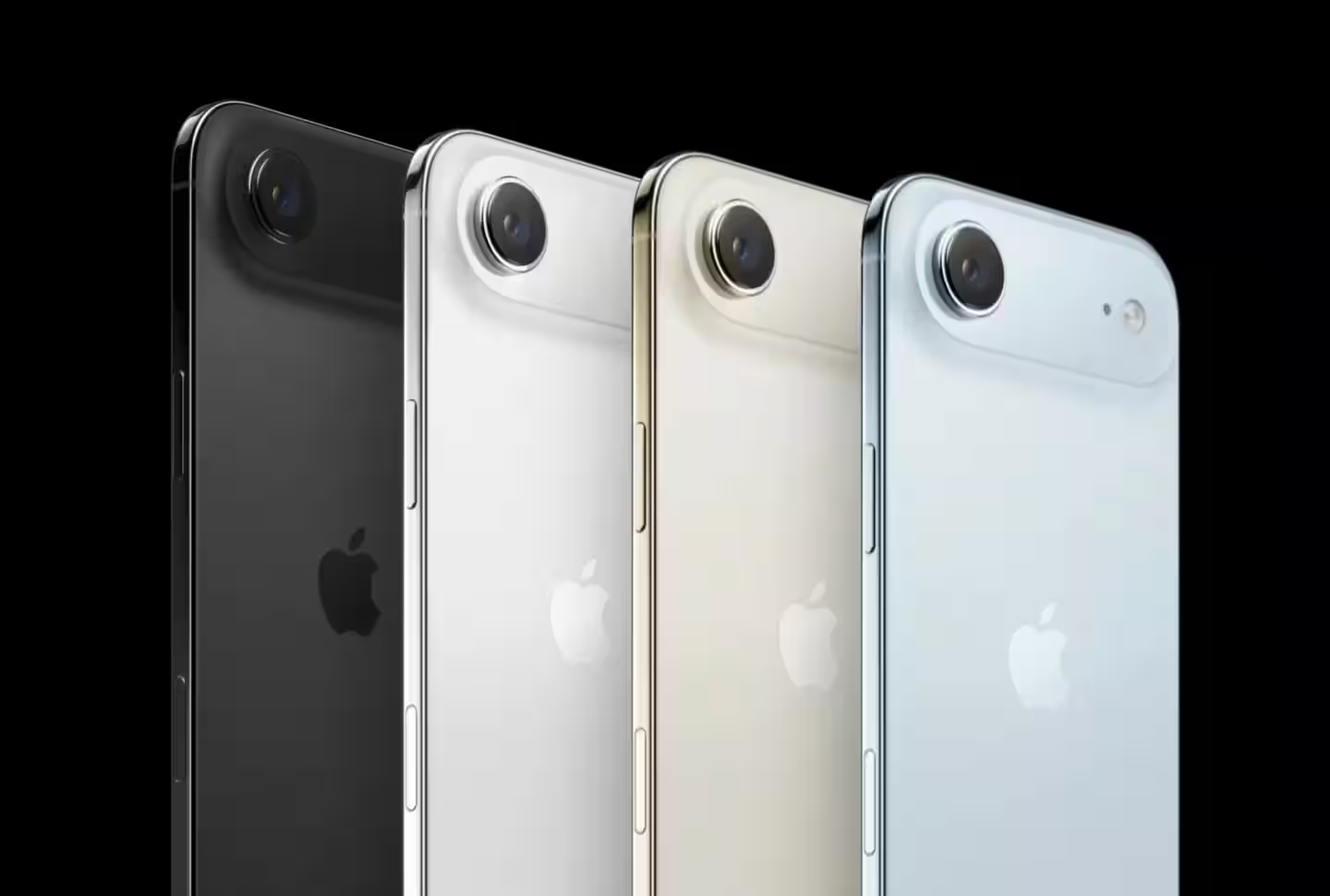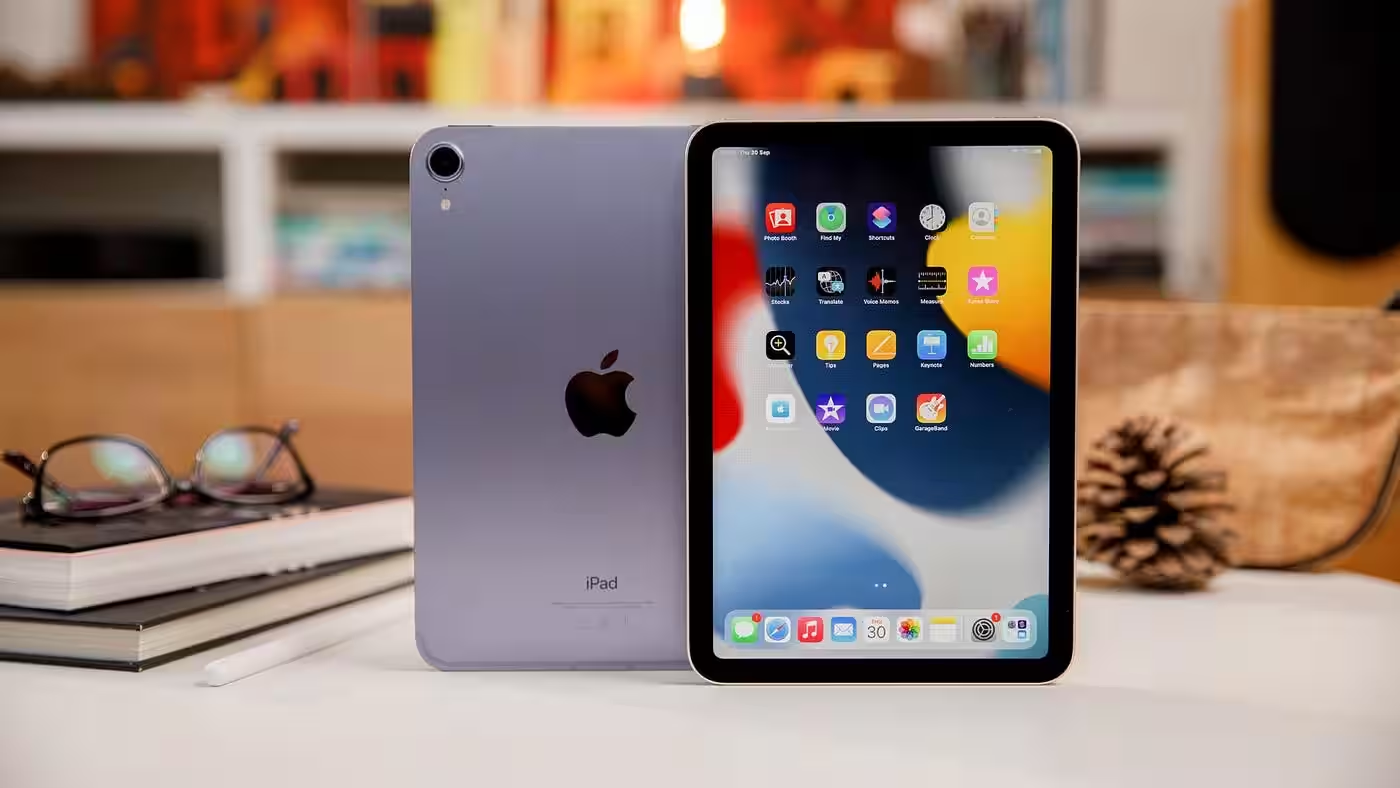The best new products we saw at MWC 2025

Solar laptops, wireless headphones with Wi-Fi and a foldable gaming console – there were plenty of interesting gadgets on display at this year’s Mobile World Congress in Barcelona. We saw a lot of interesting gadgets: smartphones, laptops, concepts and unusual accessories. Many of the big announcements were made over the weekend, so we’ve gathered the most interesting devices that have already debuted.
Newnal AI smartphone: artificial intelligence on the edge of privacy
After the failure of the AI-powered Humane, few expected anyone to try again to make an artificial assistant the centerpiece of a smartphone. However, the creators of the Newnal AI Phone are confident that a personalized AI can be an indispensable assistant. Their idea is to train the model on the owner’s personal data, including information from Meta, Google, and medical and financial records. This use of data raises obvious privacy concerns, but the result is an assistant that looks and speaks like the user themselves, occupying the top of a split screen.
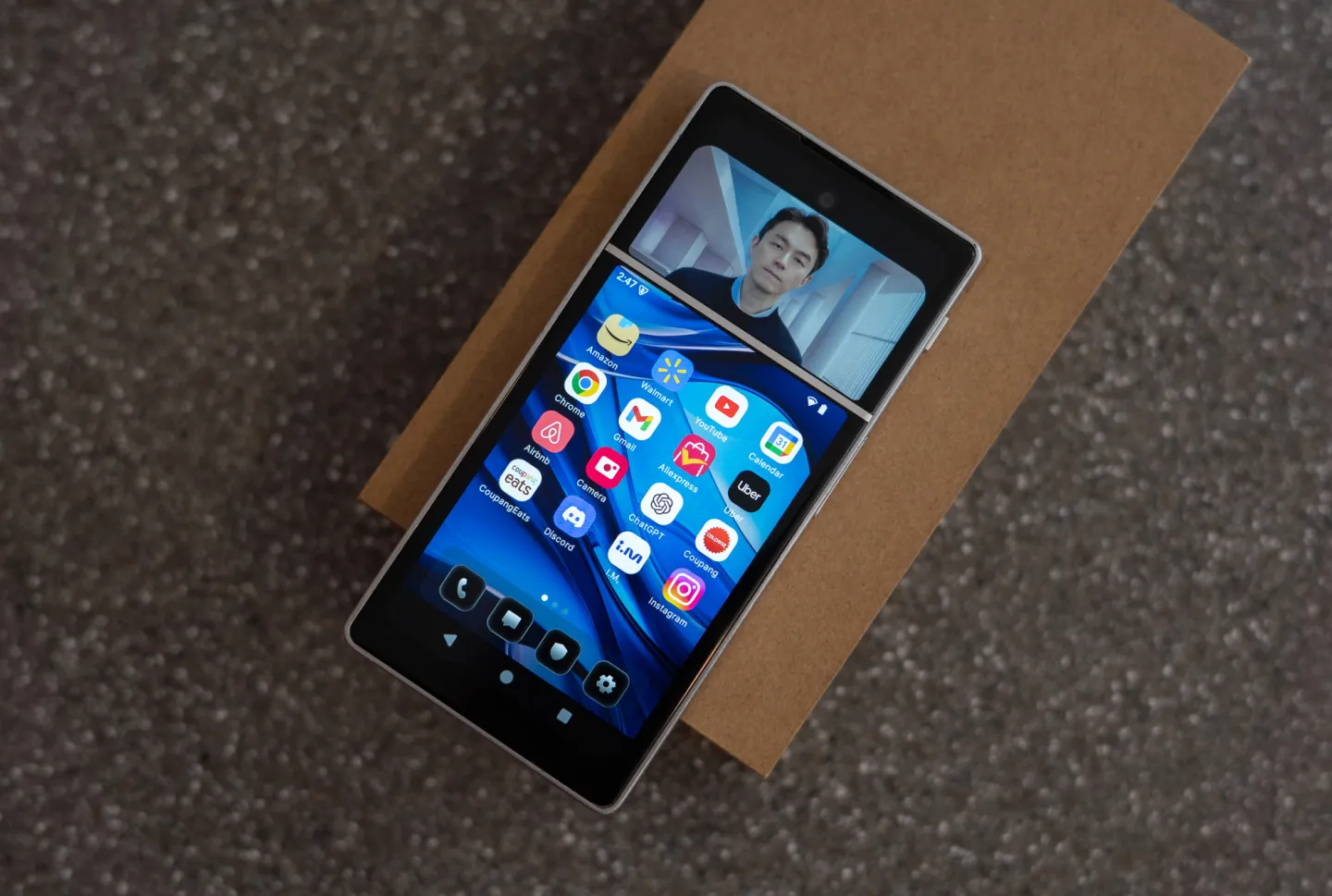
If the prospect of interacting with a digital version of yourself doesn’t seem daunting, the phone will be released on May 1 at a price of $375. But does it even work? No one knows.
Samsung foldable game console

Concepts remain an important part of Mobile World Congress, and Samsung Display unveiled none of the more interesting prototypes at once. These include a Z Flip-style smartphone that folds in two places, a device with a huge foldable display hidden inside a briefcase, but the most curious project is a portable game console reminiscent of the Nintendo Switch but with a foldable screen. A hinge in the center of the device allows you to fold the console in half, making it much easier to carry.
Lenovo ThinkBook Flip: flexible screen without complicated mechanisms
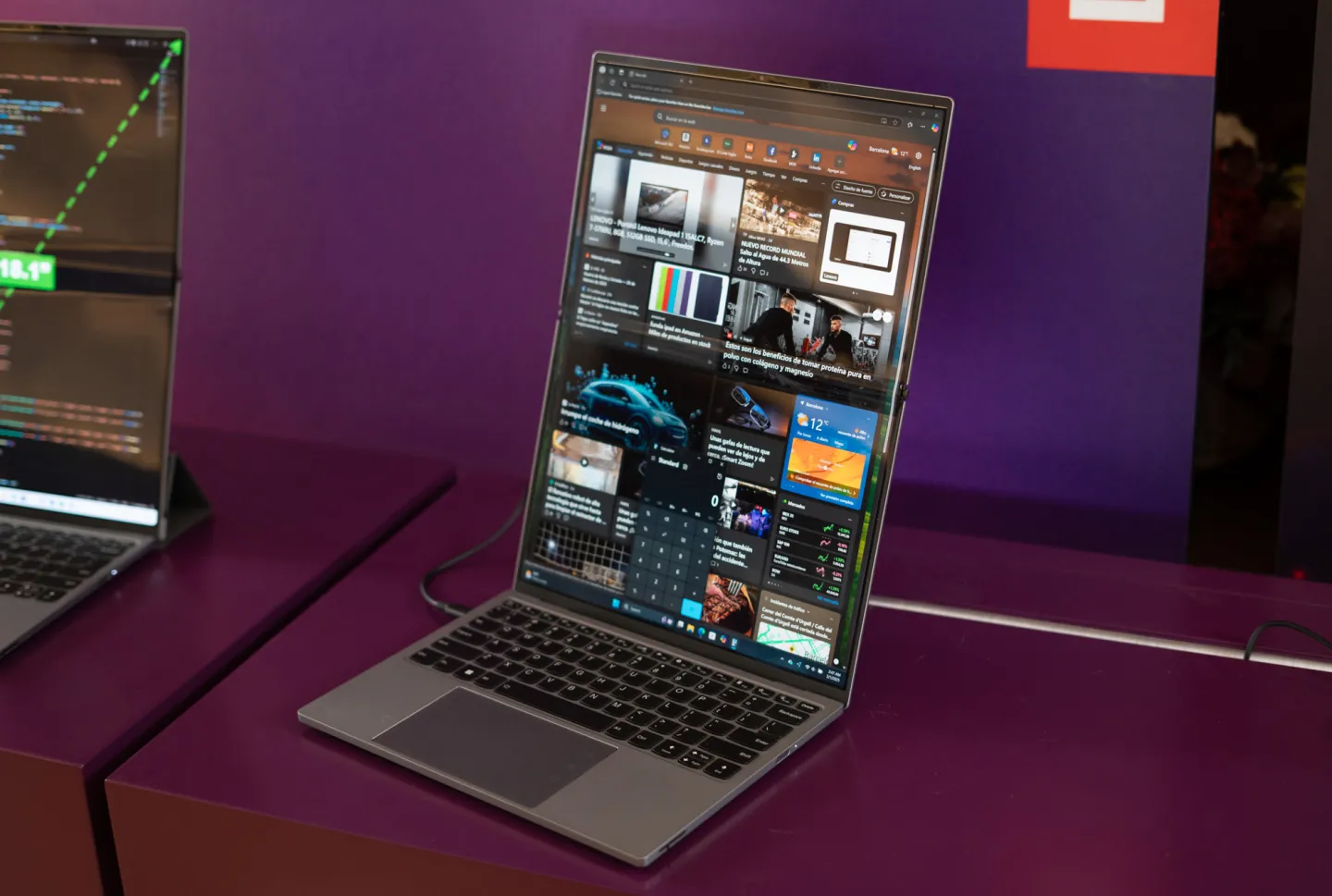
Another concept unveiled by Lenovo uses a flexible OLED display, similar to what will appear in the ThinkBook Plus Gen 6 (which we were shown in January at CES 2025). However, in the ThinkBook Flip, the screen doesn’t extend, but simply folds back, allowing you to use the device in different modes. When folded, it’s a classic 13.1-inch laptop, but when unfolded, it turns into a tablet with a 12.9-inch screen or an unusual laptop with an 18.1-inch display. The move away from motorized mechanisms potentially makes the device cheaper if it ever goes on sale.
Xiaomi 15 Ultra: a powerful flagship with an unusual design
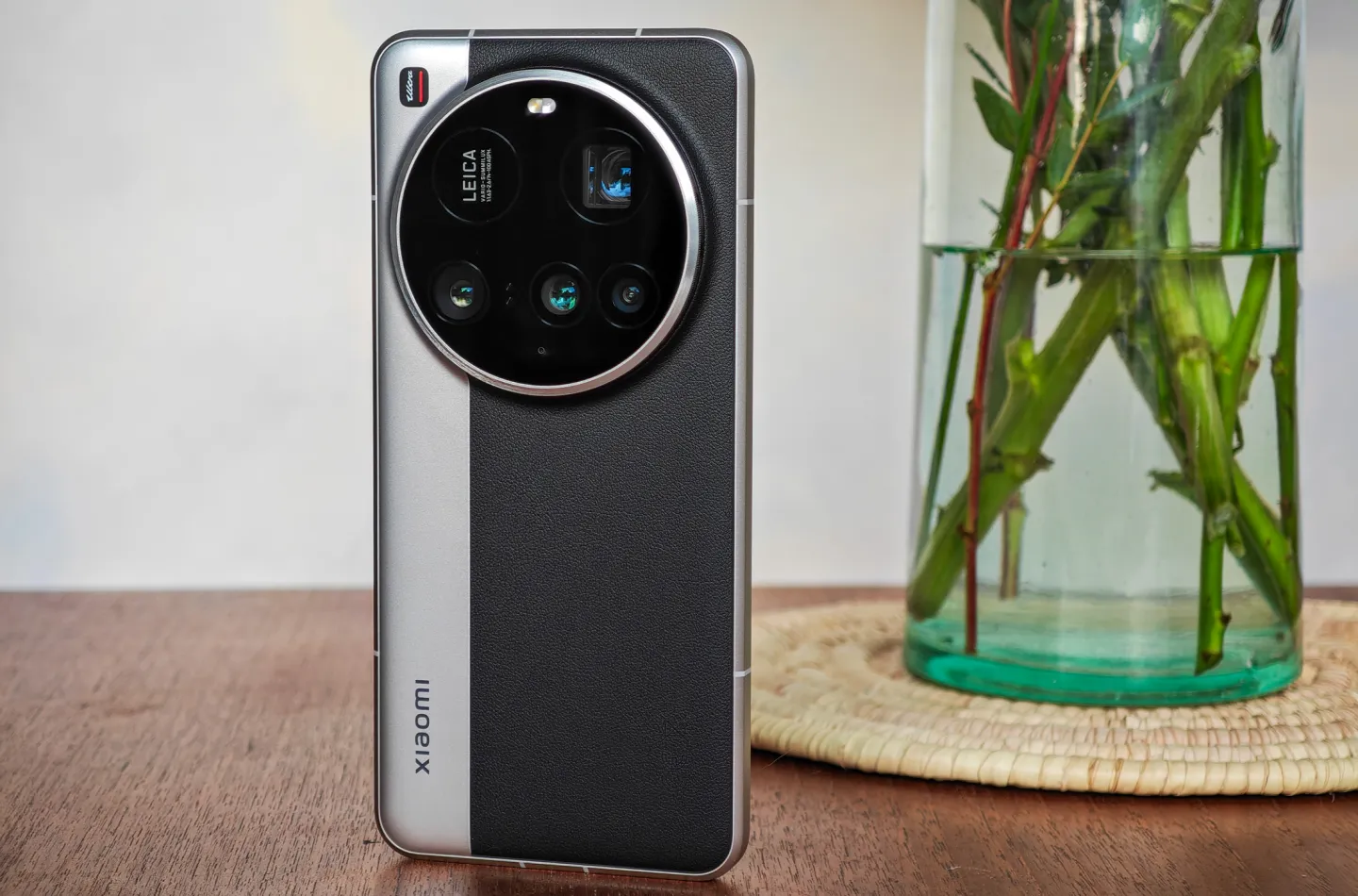
After the Chinese announcement, the Xiaomi 15 Ultra is being released in the UK and Europe for a price of around $1,600, but it’s not yet known if it will appear in the US. The smartphone evokes conflicting emotions: its design with a large camera unit looks controversial, but the specs are impressive. In particular, a new 4.3x periscopic lens and a 200-megapixel, 1/1.4-inch sensor provide excellent shooting quality, especially in low-light conditions.
Nubia Focus 2 Ultra: camera with mechanical control wheel

This smartphone offers an interesting retro idea by bringing back the physical scroll ring around the camera module, reminiscent of the wheel on the iPod. It allows you to easily change the zoom or switch filters. It’s still unclear whether it will be possible to use it in third-party apps, but the idea itself seems convenient and intuitive. By the way, this smartphone was included in our Top 5 Most Unusual Smartphones at MWC 2025.
Lenovo Yoga Solar PC laptop: charging from the sun

Lenovo unveiled a concept laptop with 84 solar panels built into the lid. In ideal conditions, just 20 minutes in the sun provides an hour of video playback. The company is still testing how well the device will work in other lighting conditions, but it’s already clear that such technology could be a useful alternative to traditional charging in situations where there’s no access to a power outlet.
Xiaomi Modular Optical System: a smartphone with a modular camera

Xiaomi has unveiled a modular system with interchangeable lenses that attach to a smartphone using magnets. Unlike traditional detachable lenses, these modules are full-fledged cameras with their own sensors, which greatly expands the shooting possibilities. At the same time, they transmit images to the smartphone for processing, while the phone itself remains compact when the lenses aren’t in use.
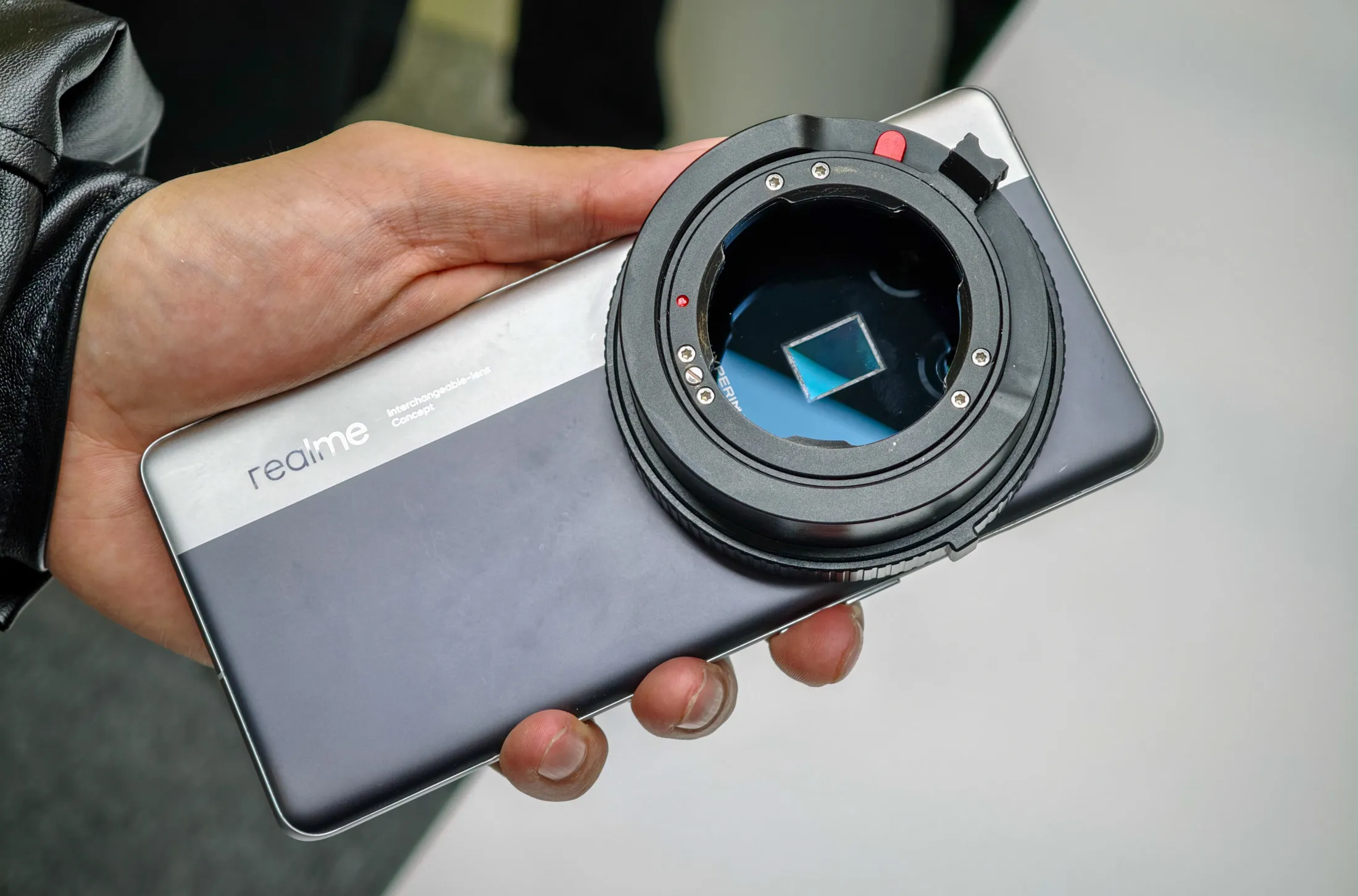
By the way, the same concept was shown to us at realme. Although it looks a bit different and the lens is still attached to the camera. All this, of course, kills the idea of compactness and the fact that a smartphone can replace the camera. But for some reason, companies have to do it…
Infinix Solar Phone: another step toward autonomy
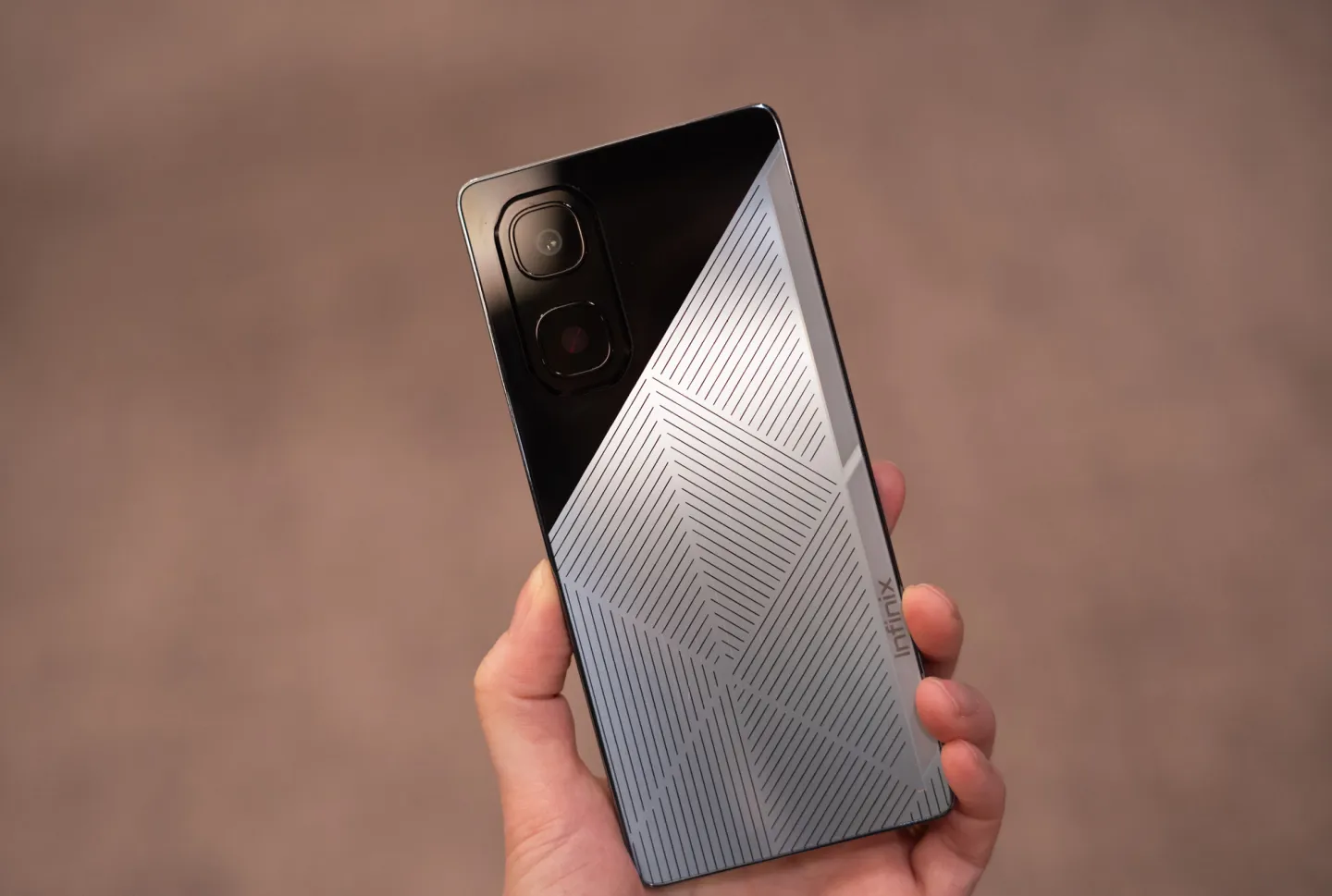
Lenovo isn’t the only one inspired by the idea of solar charging. Infinix showed off a concept smartphone with a solar panel on the back that uses more efficient perovskite cells. Under optimal conditions, the device can charge at a rate of 2W. However, the technology has an obvious drawback – leaving the phone in the sun for several hours to charge is unlikely to be a good idea due to overheating.
HMD Amped Buds: headphones with Wi-Fi and a long-lasting case

HMD’s Amped Buds wireless earbuds have a case with a 1,600mAh battery that provides up to 95 hours of battery life without charging. The case also supports reverse wireless charging for Qi2-compatible devices, making it a handy emergency power source. It will be priced at $206, and is scheduled to start selling in April 2025.
Nothing Phone 3A and 3A Pro: AI for data order
After a slew of leaks, Nothing has finally unveiledthe new 3A and 3A Pro smartphones. Both devices get 6.77-inch displays, Snapdragon 7S Gen 3 processors, 12GB of RAM, and 256GB of storage. The main difference is the camera: the $459 3A Pro has a 3x periscopic lens, while the more affordable $379 3A is limited to a 2x zoom.
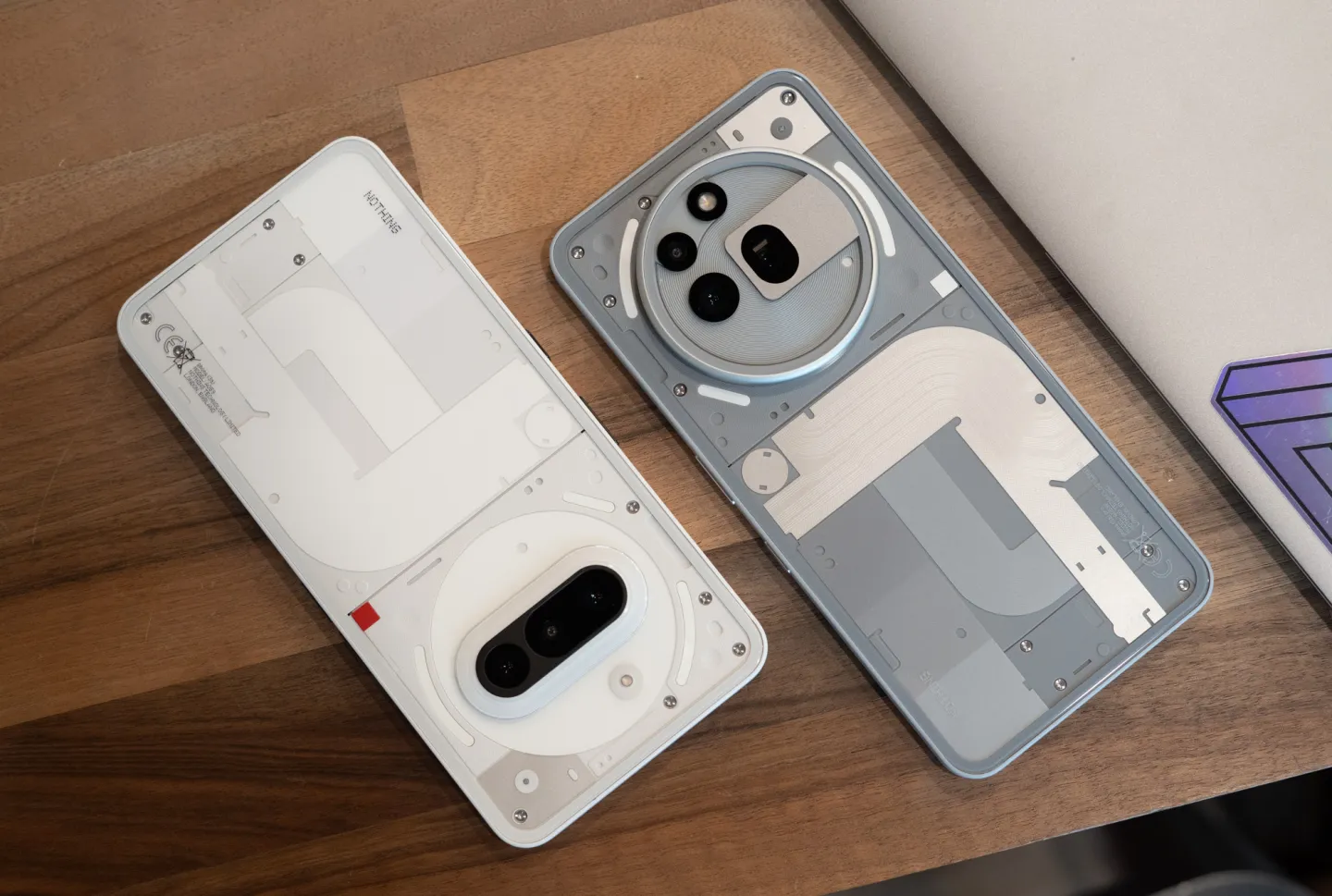
Xiaomi Buds 5 Pro: the first Wi-Fi headphones
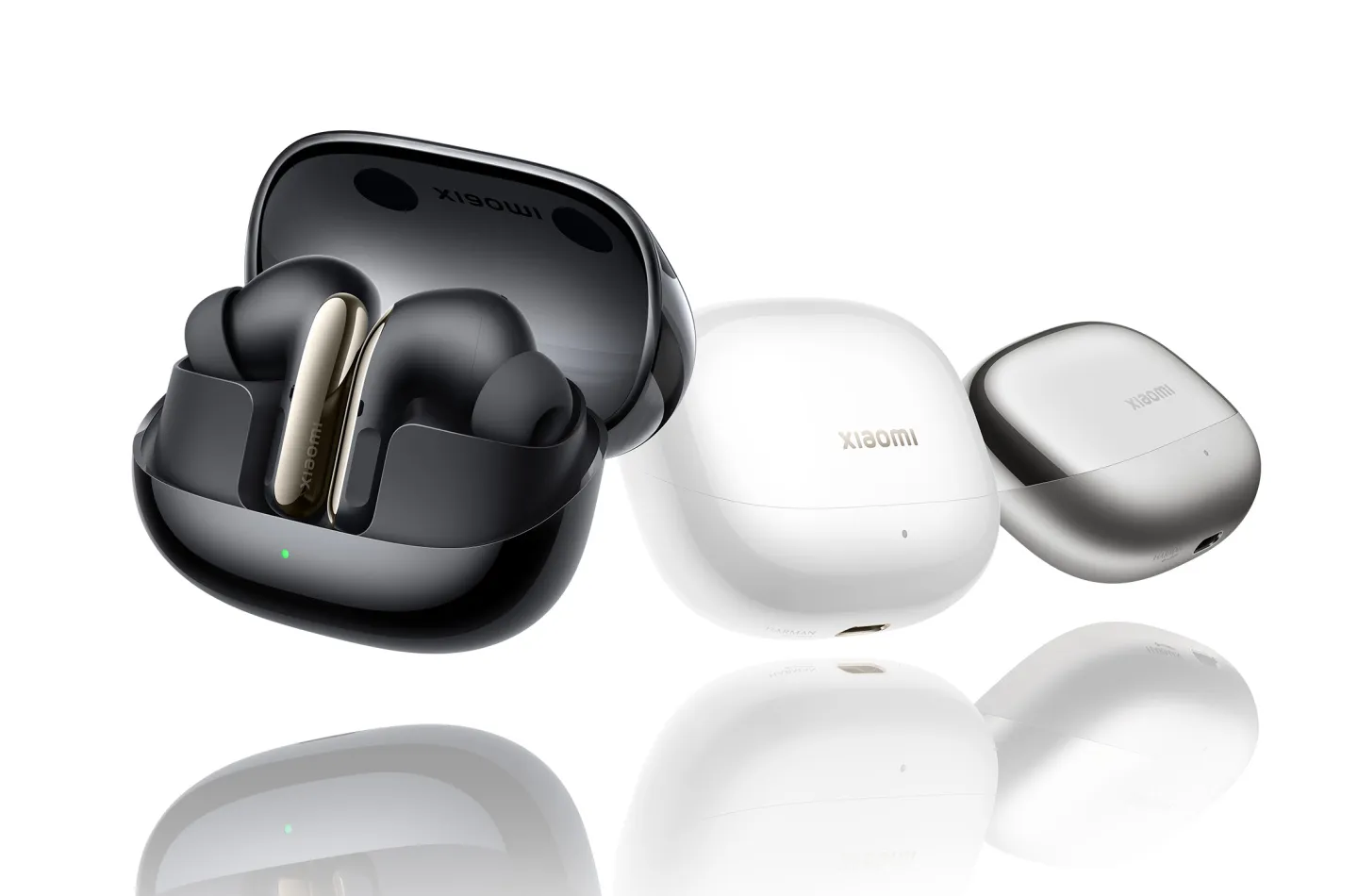
Xiaomi has unveiled the first wireless headphones with a Qualcomm S7 Pro chip that allows audio to be streamed over Wi-Fi. This means the connection remains stable even at long distances from your smartphone, as long as the device is within range of the network. Out of Wi-Fi range, the headphones switch to standard Bluetooth. The new product will cost $240, but at launch they’ll only work with Xiaomi 15 and 15 Ultra smartphones.
Tecno Spark Slim: an ultra-thin smartphone with a powerful battery
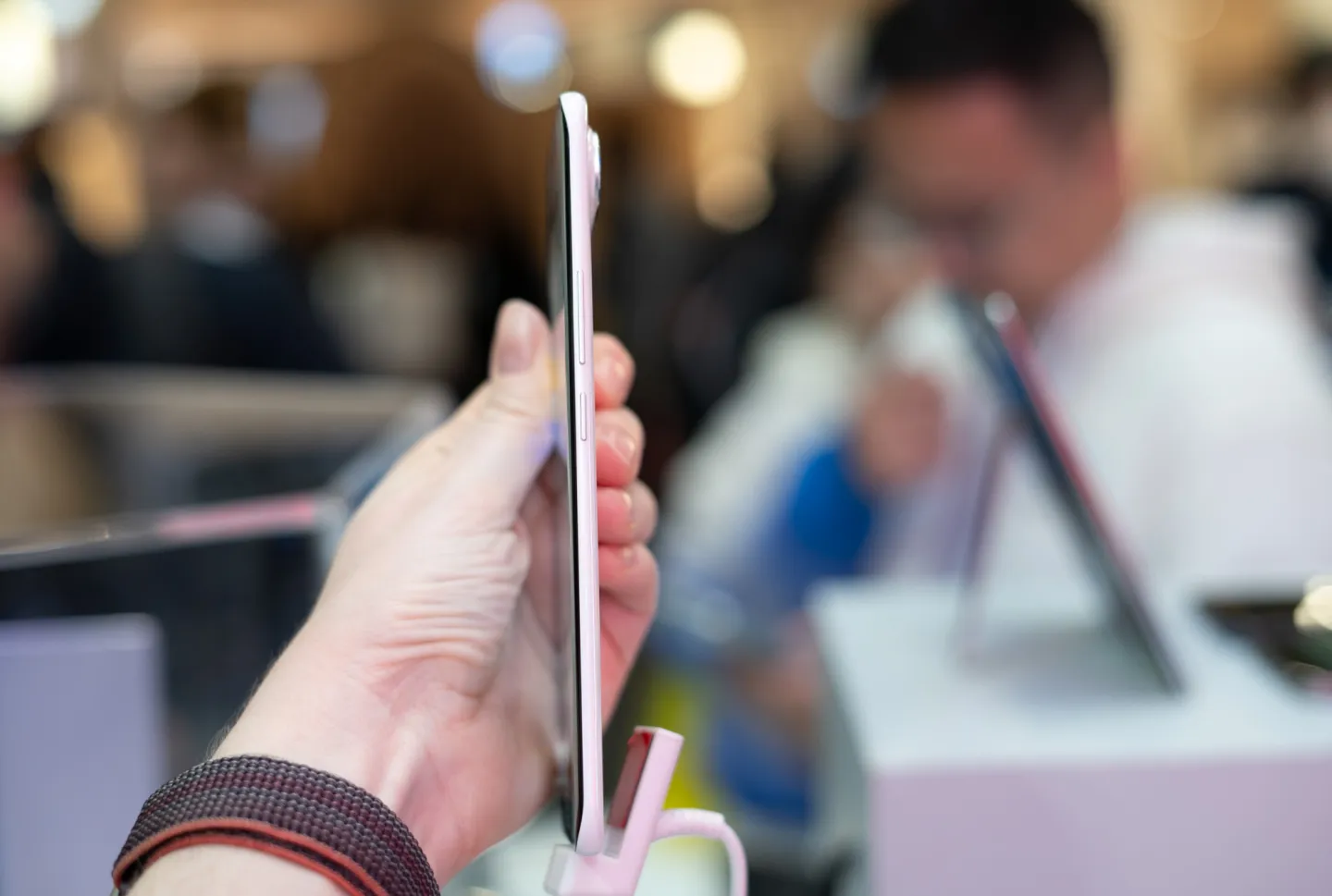
This concept phone has become another competitor for the Galaxy S25 Edge. At just 5.75mm thick, it features a 5,200mAh battery, which is more than the Galaxy S25 Ultra. It’s not yet clear when or if it’ll even go on sale.
Realme 14 Pro and 14 Pro Plus: a color-changing smartphone
Realme has unveiled an ingenious solution for those who are tired of unlocking their phone every time they want to check the weather. The New Realme 14 Pro and 14 Pro Plus get a back panel with a thermochromic coating that changes color depending on the ambient temperature.
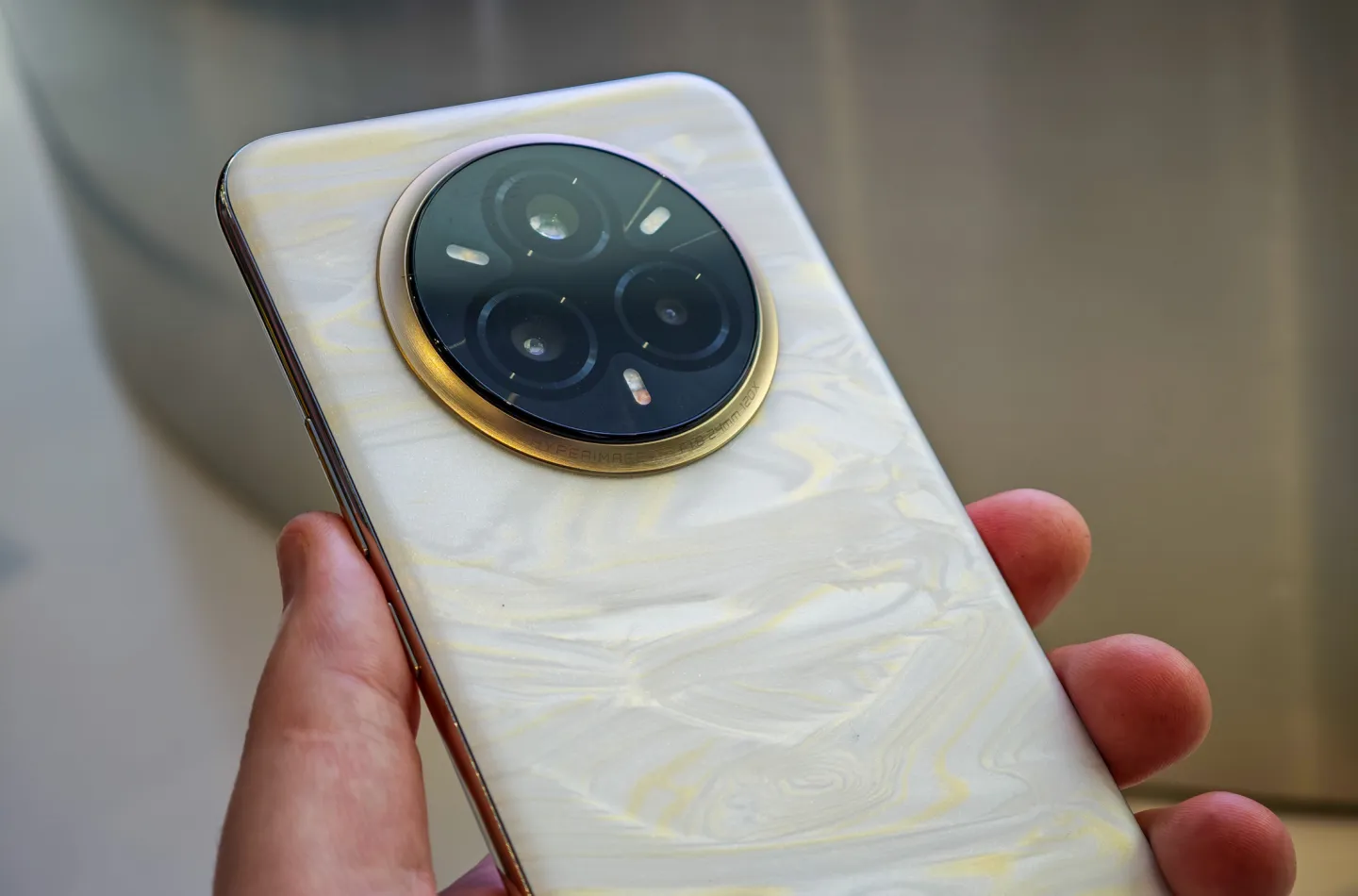
At temperatures below 16°C (61°F), smartphone cases made in pearlescent white start to turn a blue hue. This isn’t a substitute for a full-fledged thermometer, but it’s a quick way to gauge how chilly it is outside – all you have to do is glance at your phone. If the device stays white, you can go out without a jacket, but if the color starts to darken, you may want to dress warmer.
Although at first glance this feature seems more entertaining than practical, it underscores Realme’s commitment to experimenting with design. Unlike conventional smartphones that use screens and widgets to display information, here the phone itself becomes an indicator of temperature changes.
Lenovo ThinkBook 3D: A laptop with a 3D display
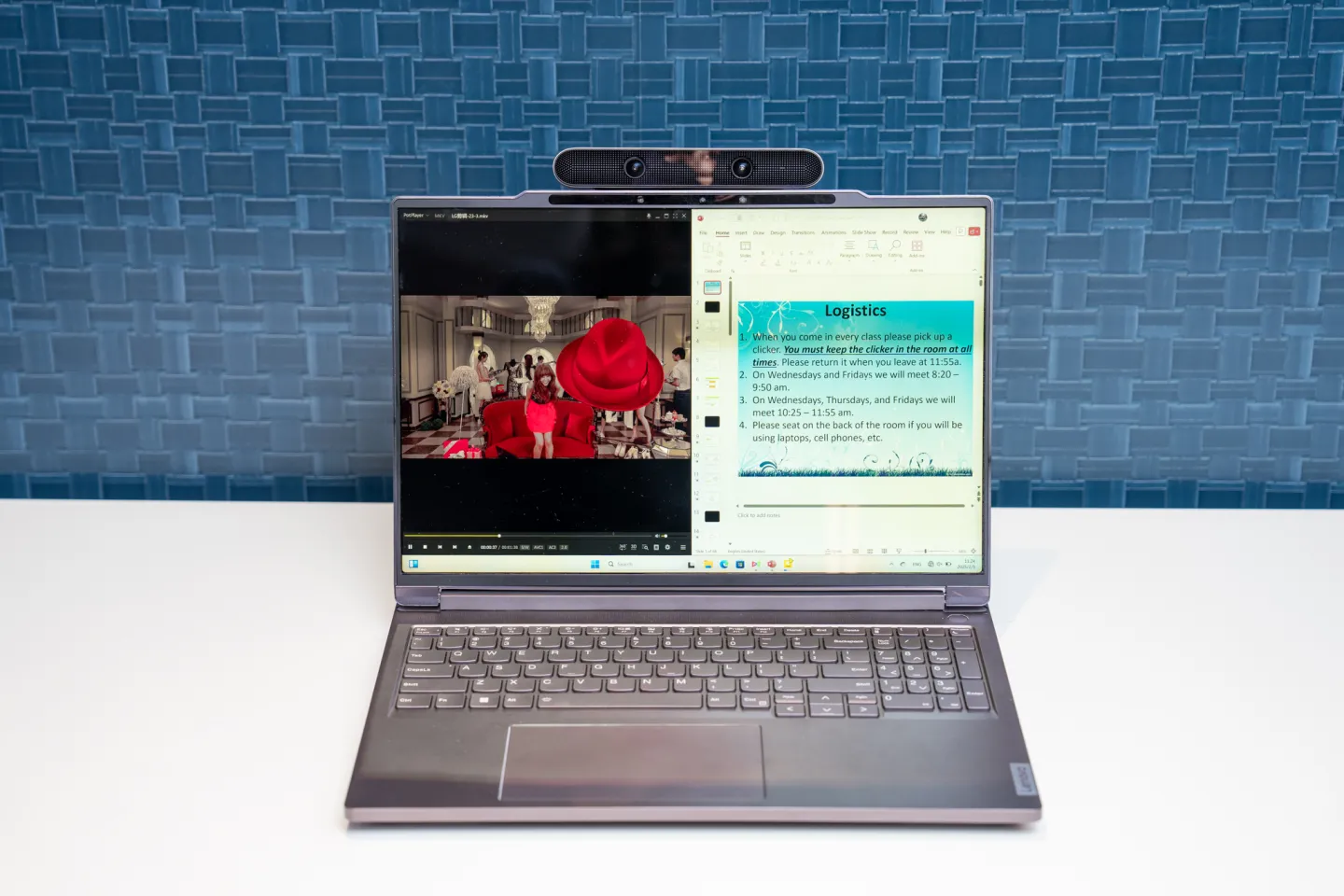
Although 3D displays have long been out of fashion, Lenovo hasn’t given up. The ThinkBook 3D uses technology that lets you see 3D images without glasses, and it’s developed a special AI ring to control in space. It’s only a concept for now, but it shows that the company still sees potential in 3D.
MWC 2025 took place in Barcelona from March 3 to 6, 2025. But we’re still looking at all the announcements and we’ll probably have more exciting news to share with you. Stay tuned!


